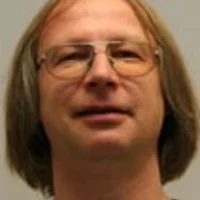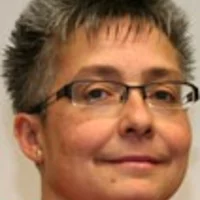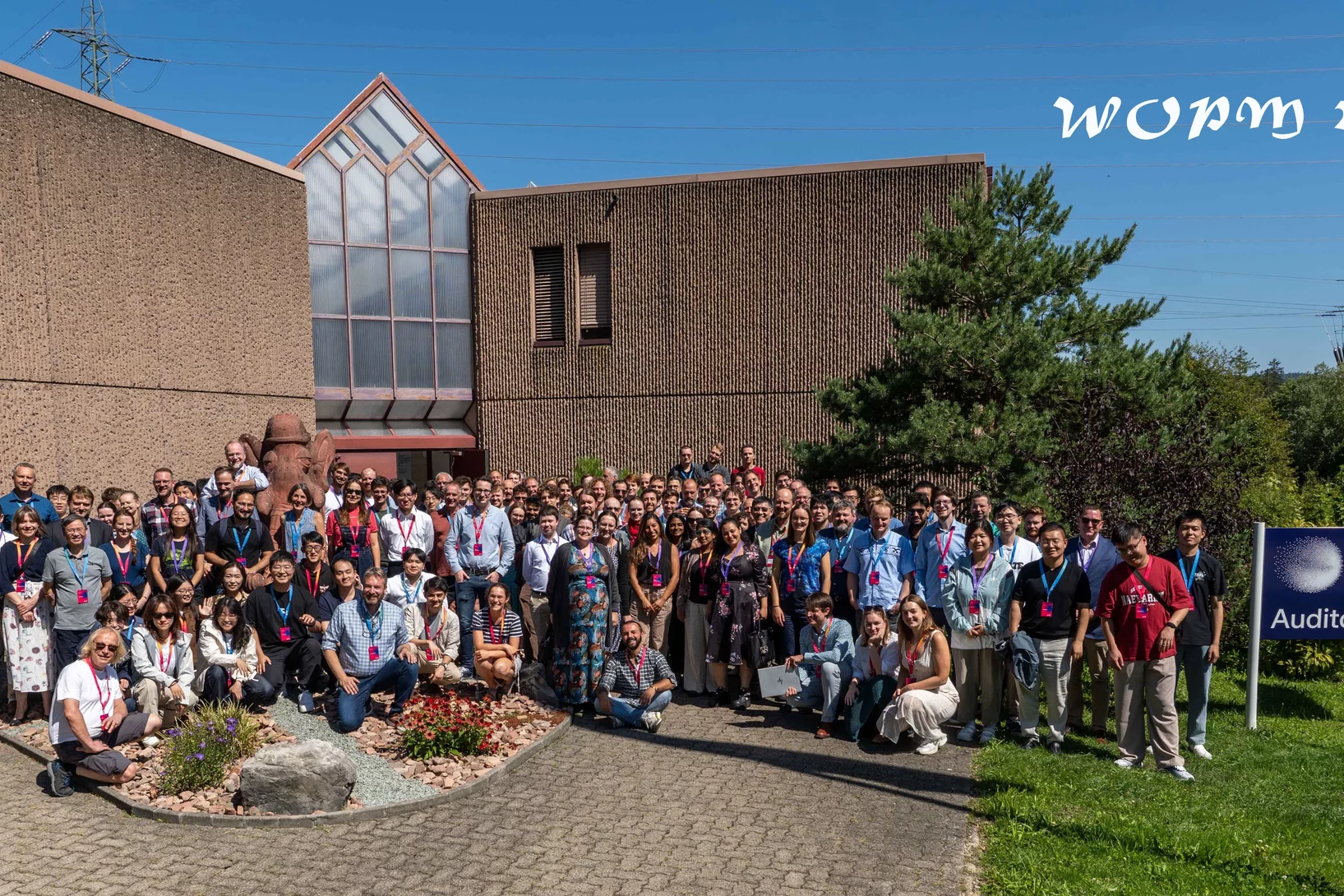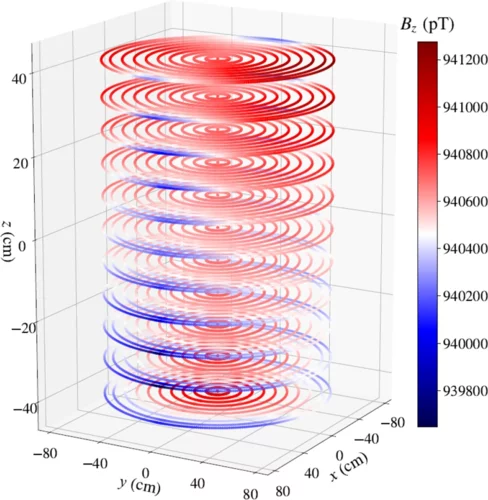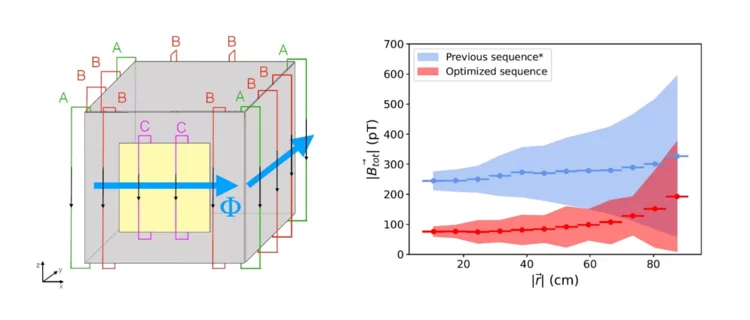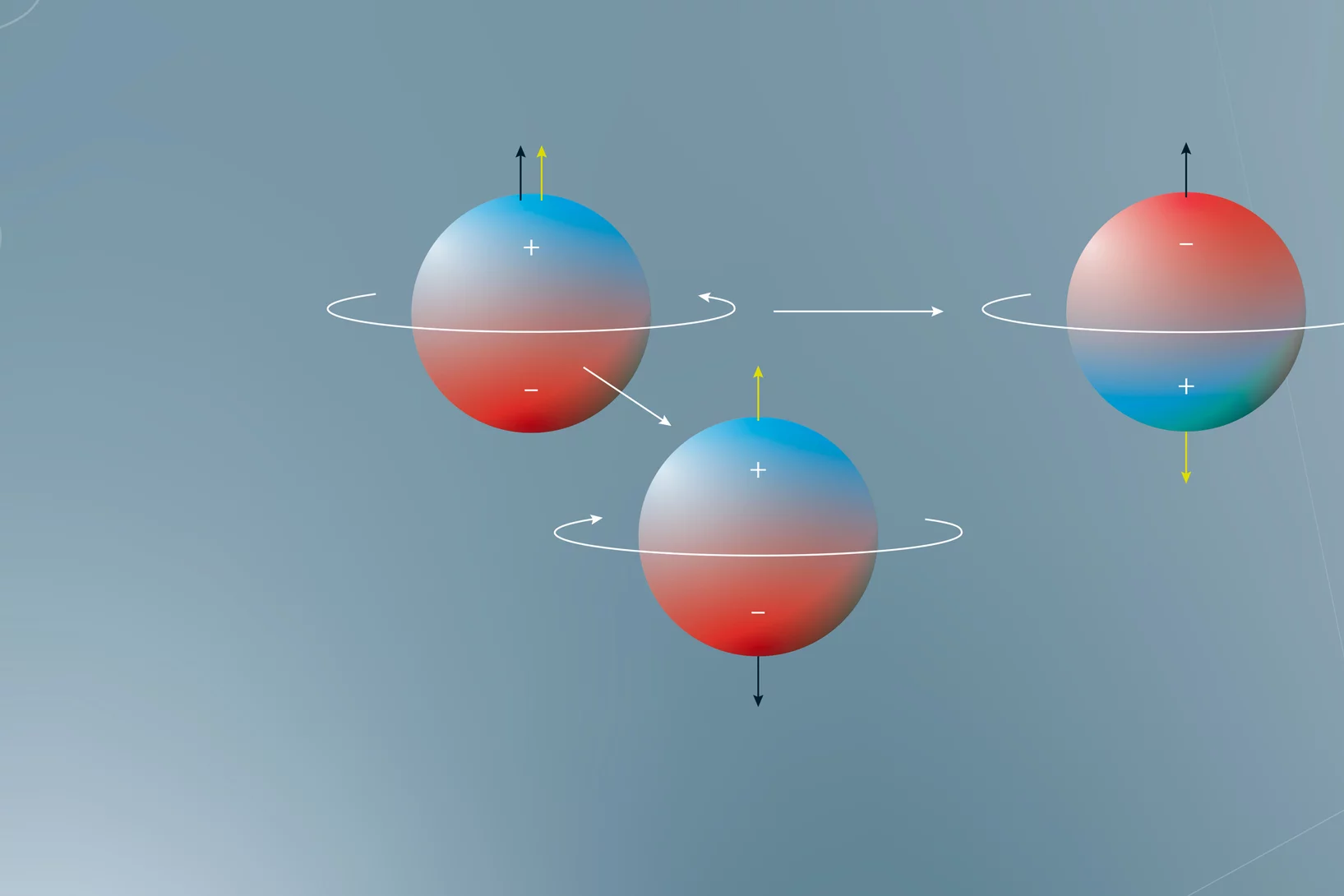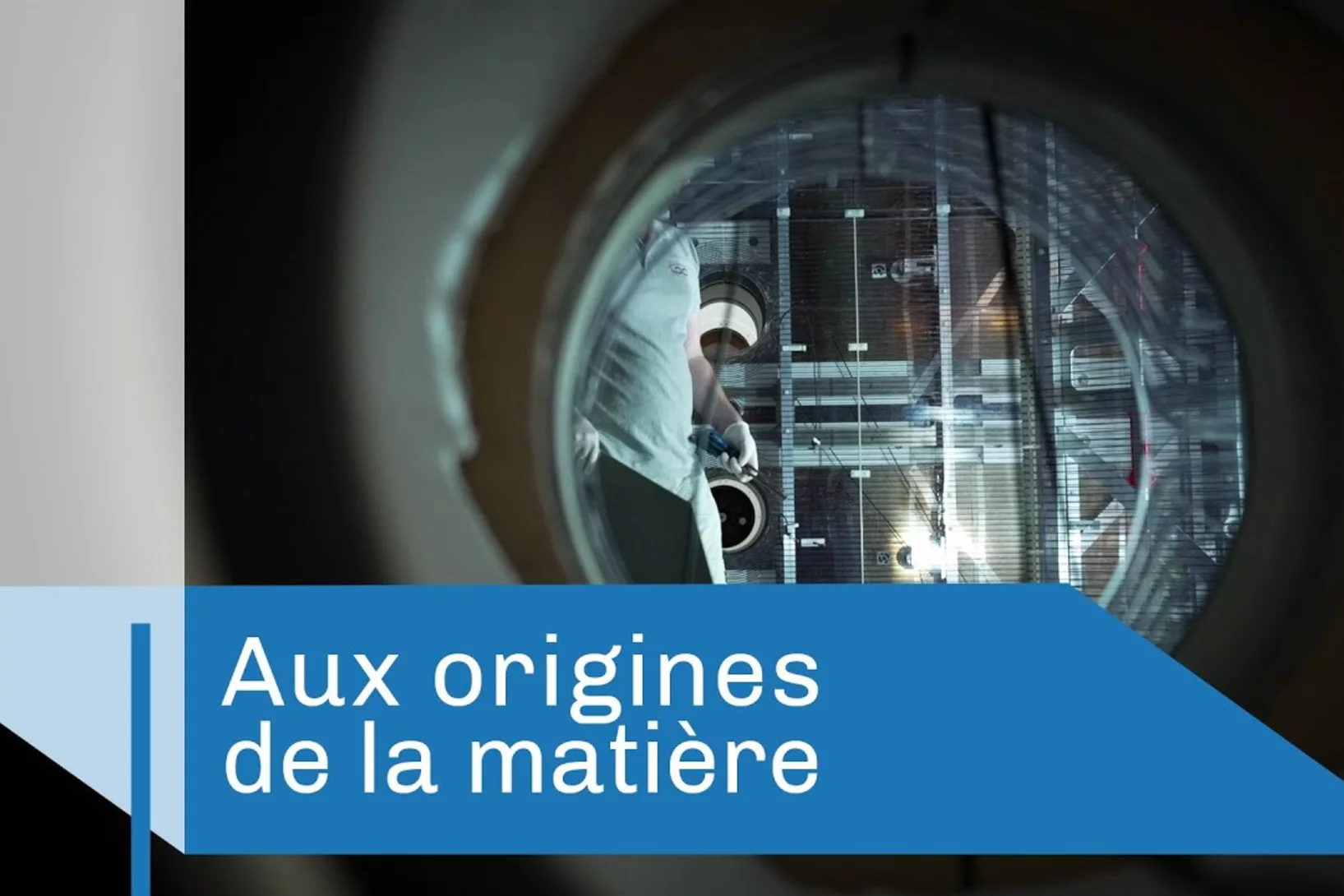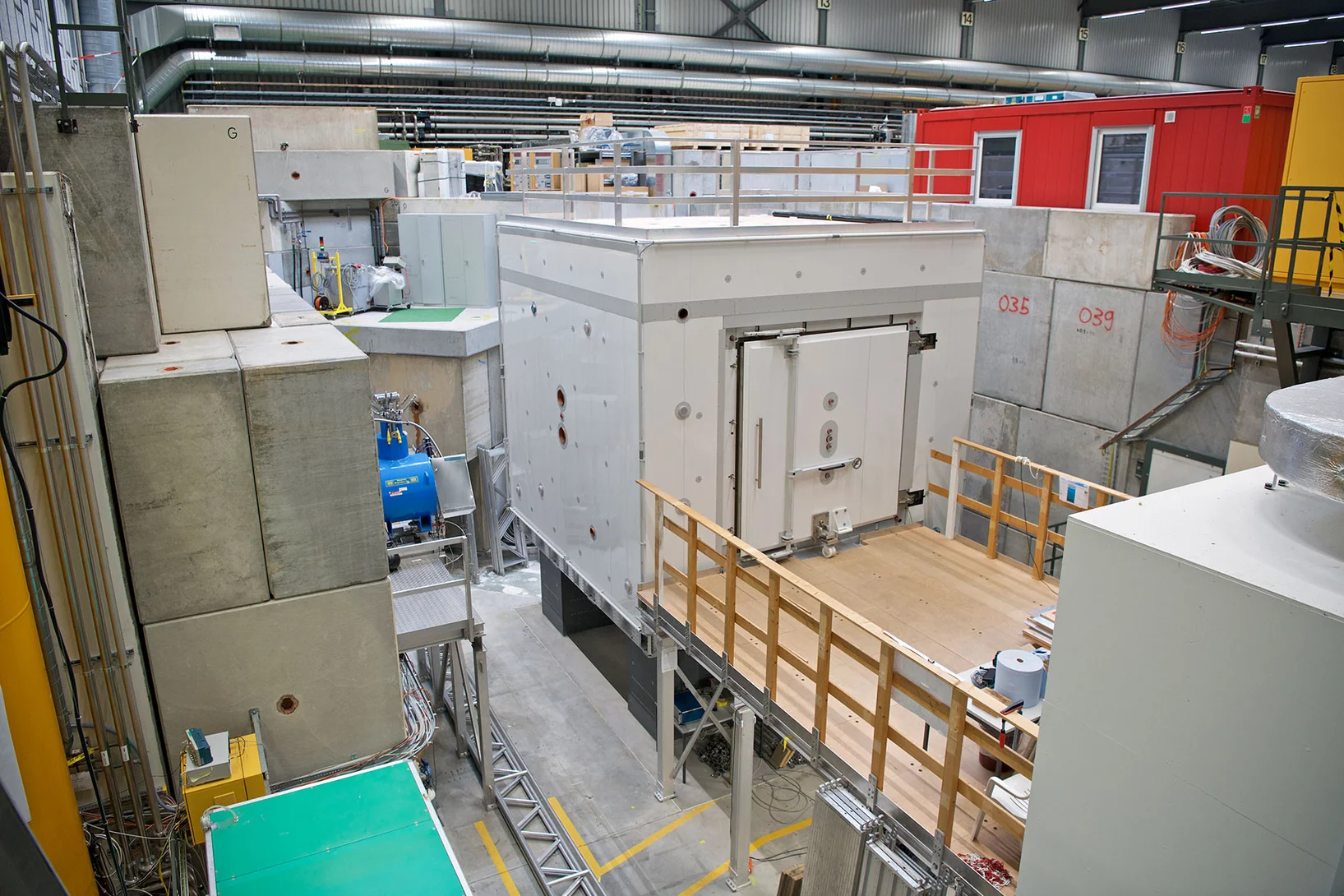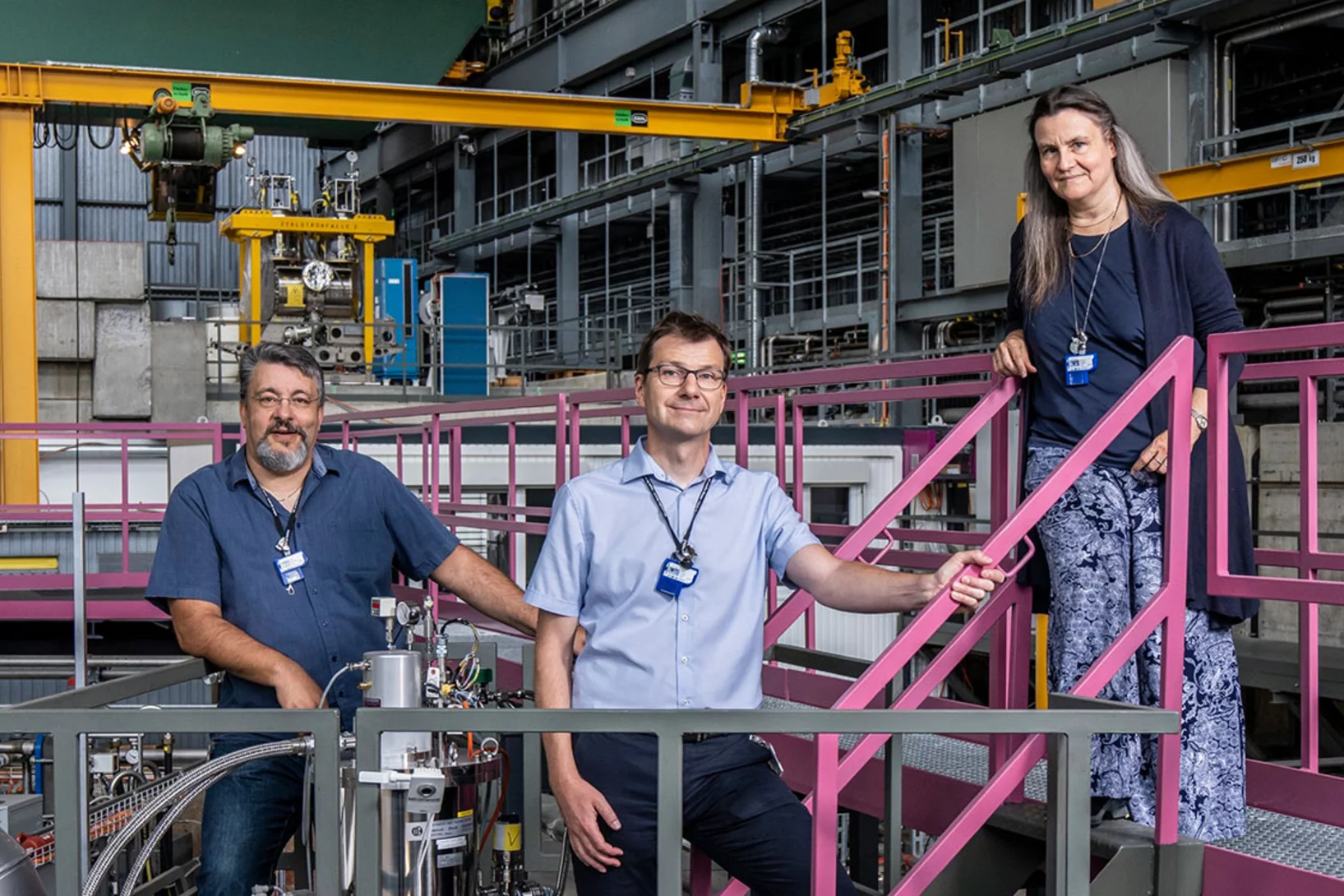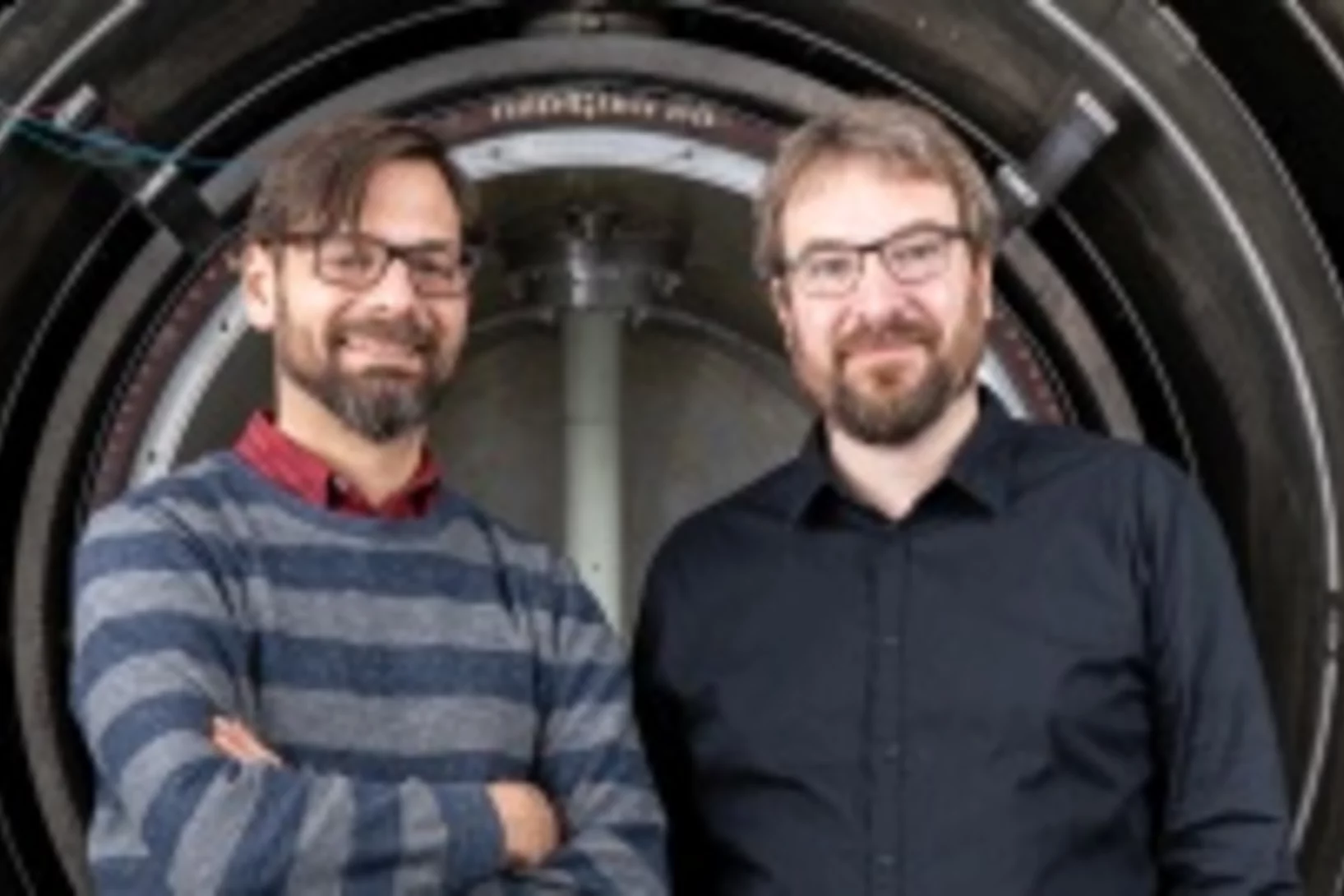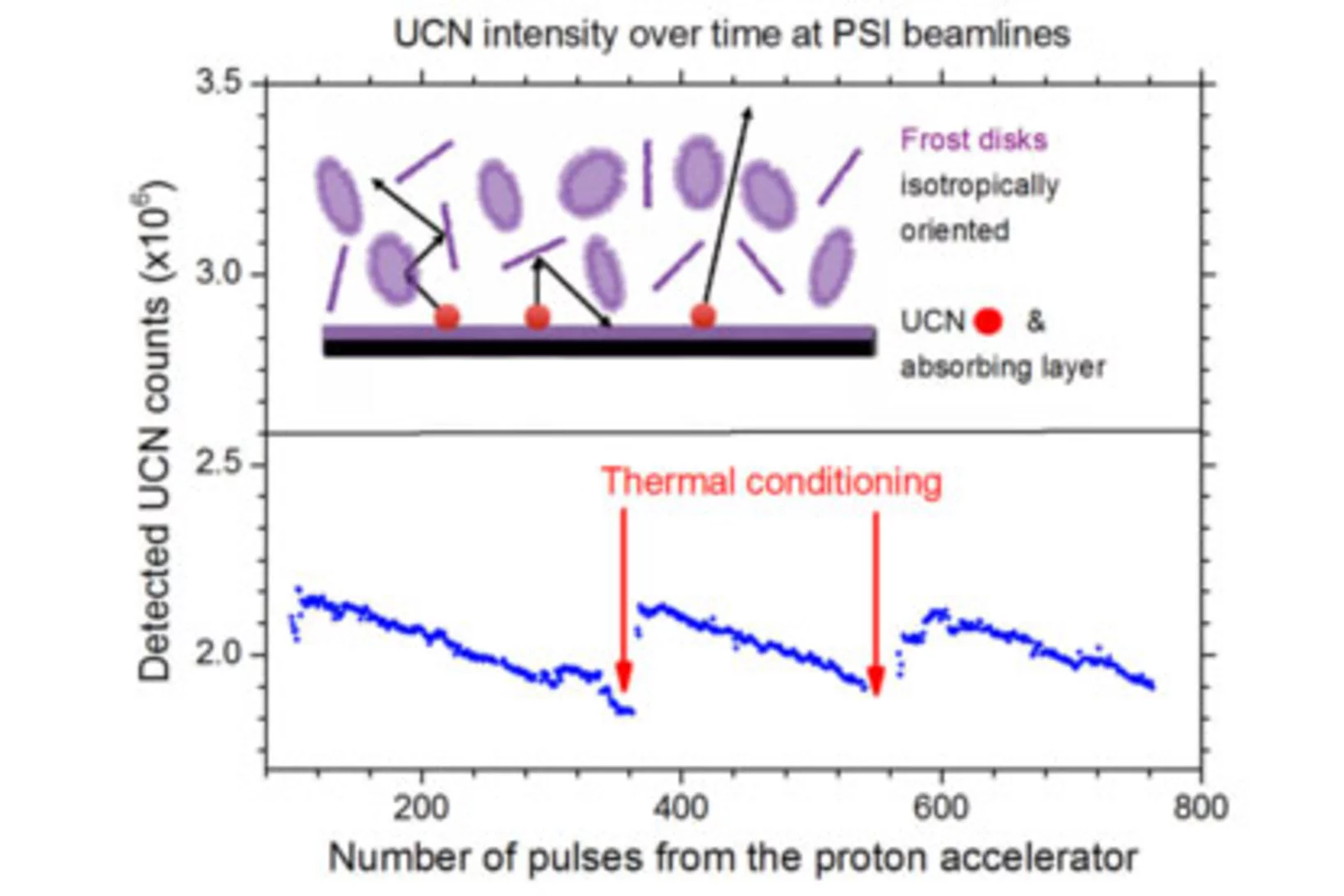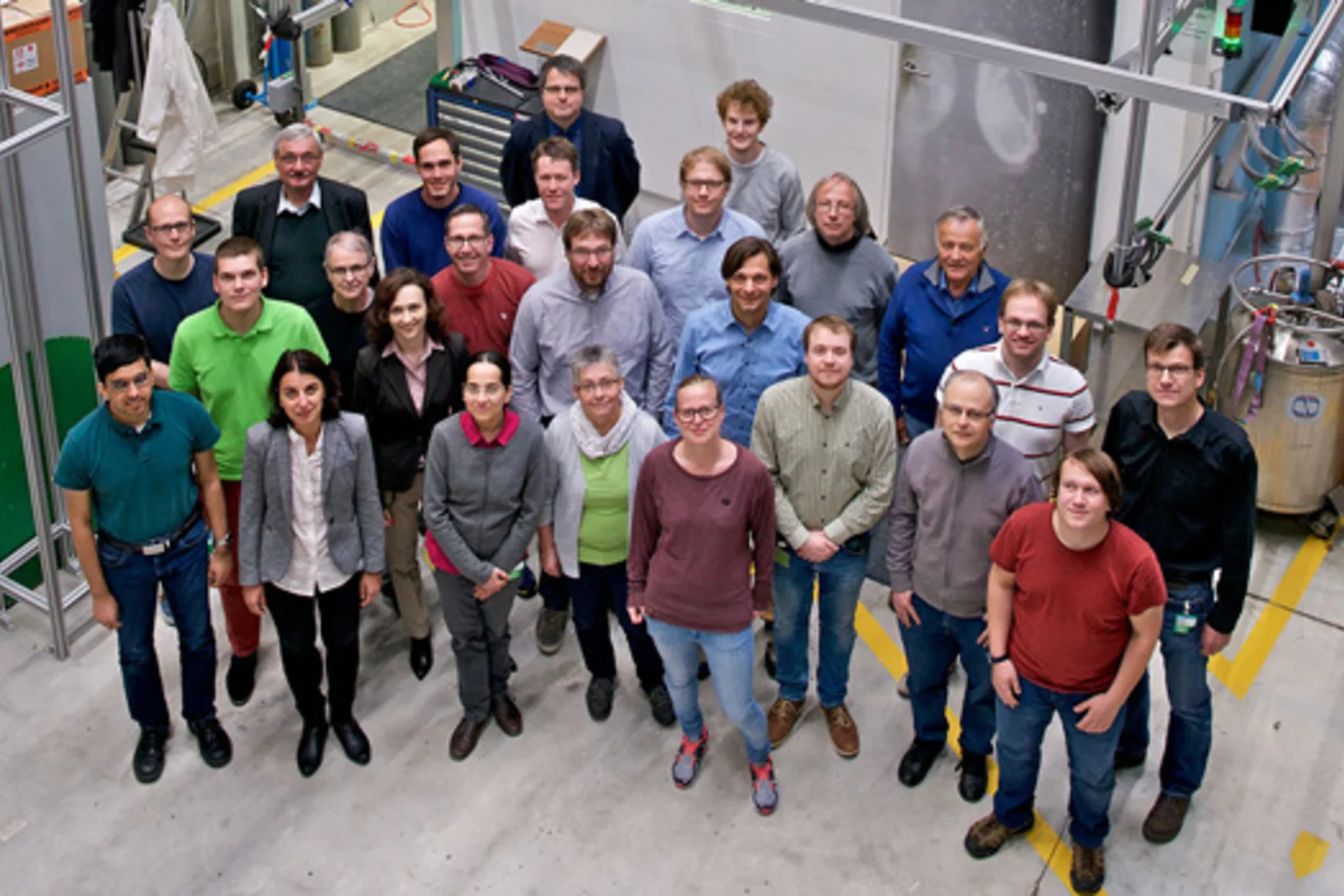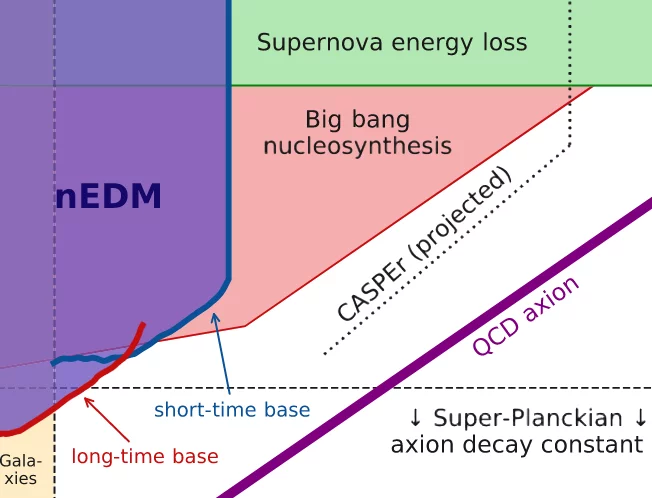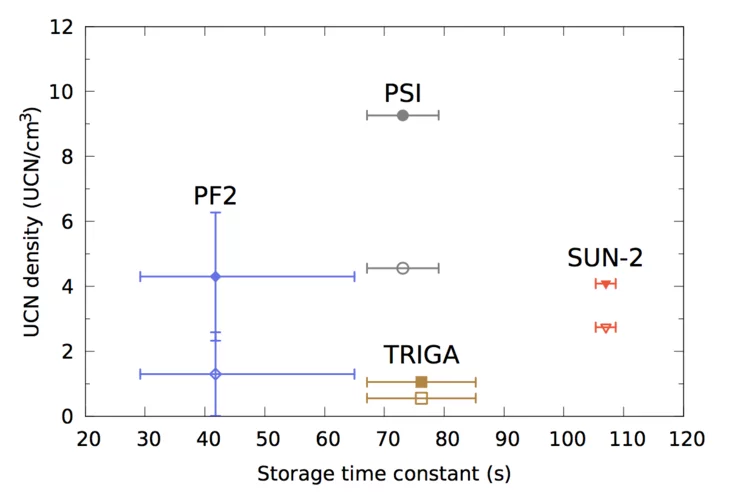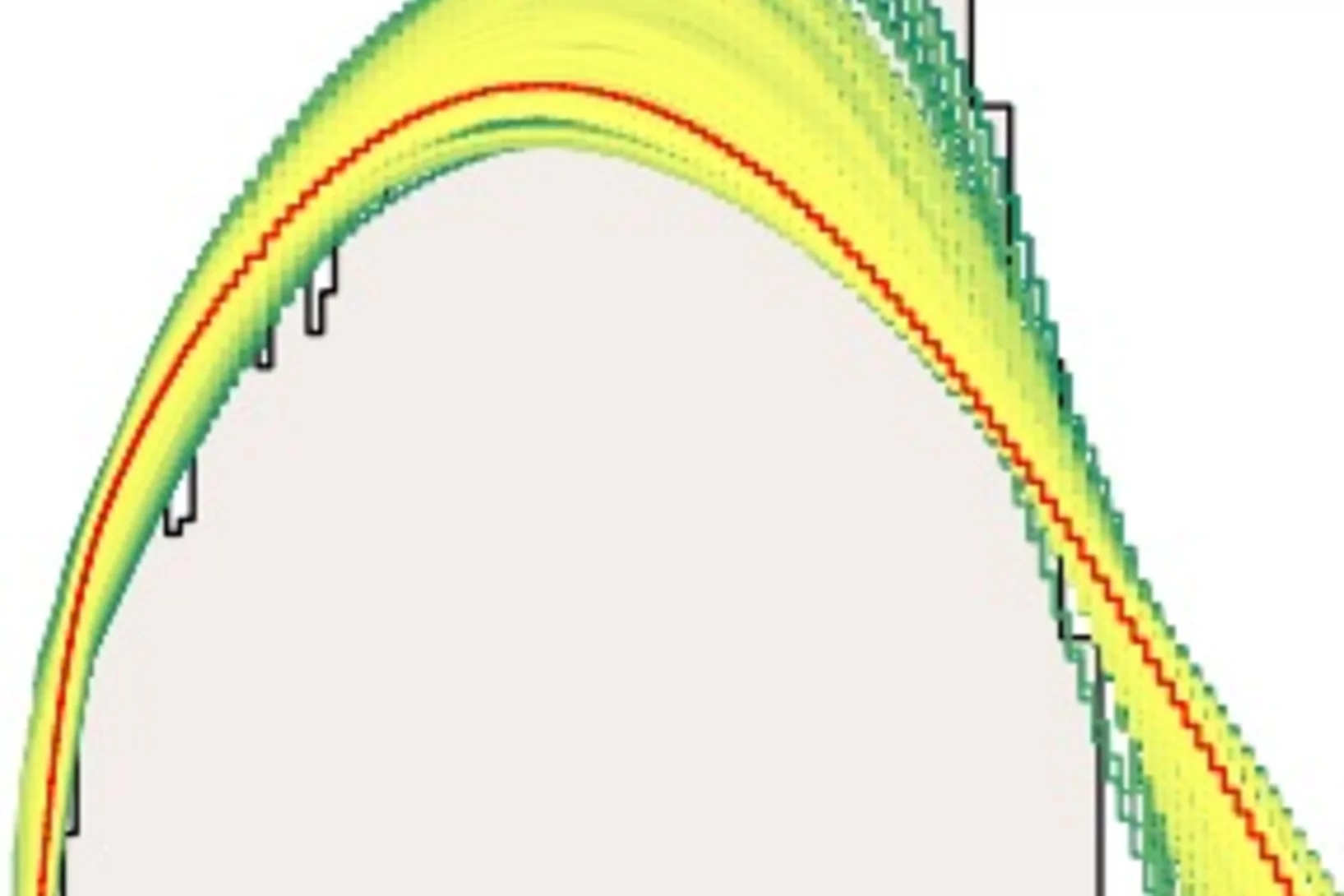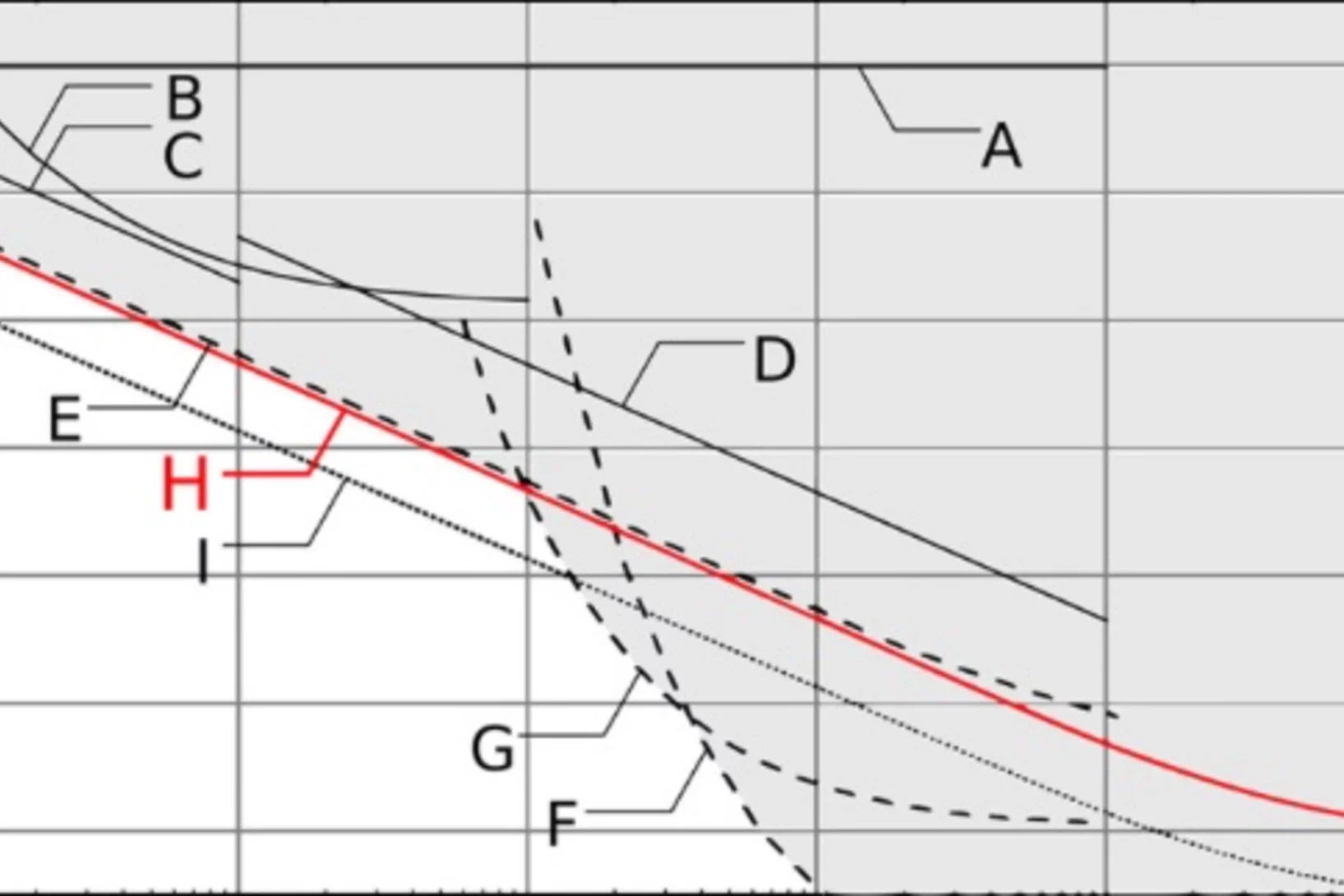2025 CHIPP Postdoc Prize for Efrain P. Segarra
The LTP/CNM physicist Efrain P. Segarra has been awarded the 2025 CHIPP Postdoc Prize!
WOPM2025 at PSI - Workshop on optically-pumped magnetometers
From August 6 to 8, the 2025 workshop on 'Optically-Pumped Magnetometers' took place at PSI with a full day of Summer School lectures, followed by scientific sessions attended by 145 researchers from institutions worldwide.
Generating a highly uniform magnetic field inside the magnetically shielded room of the n2EDM experiment
The central magnetic field of the n2EDM experiment based at PSI is of paramount importance for achieving the sensitivity goal. The necessary field homogeneity was recently demonstrated, as described here.
Achieving ultra-low and -uniform residual magnetic fields in a very large magnetically shielded room for fundamental physics experiments
n2EDM is the current state of the art experiment carrying out a high-precision search for an electric dipole moment of the neutron at the ultra-cold neutron source of PSI. In order to reach it’s incredible precision of 10-27 e cm, a stable and uniform magnetic environment is critical. Thus, shielding the experiment from external magnetic flux and preparing a pristine magnetic environment is crucial. To achieve this, n2EDM uses both passive and active magnetic shielding components. External, or residual, magnetic field contributions must be near-zero, and can be achieved via “degaussing” the experiment’s passive magnetic shielding. Degaussing reduces, ideally “erases”, the residual magnetization of a material. In this work, we greatly improved the degaussing procedure of n2EDM, reducing the residual magnetic field by a factor of two, improving its uniformity, and all while taking less time and dissipating less heat.
Mehr Licht ins Dunkel
Am PSI wollen Forschende mithilfe der Grossforschungsanlagen die letzten Lücken im Standardmodell der Physik schliessen.
CNRS movie on n2EDM
Our French collaborators and CNRS produced an excellent short movie about our common n2EDM experiment. The apparatus is currently being set up in
UCN Area South. The collaboration is on track for commissioning of the apparatus with neutrons towards the end of 2022.
Magnetically shielded from the rest of the world
The shielding room in which the n2EDM experiment is expected to clarify whether the neutron has a measurable electric dipole moment or not.
(Photo: Paul Scherrer Institute/Markus Fischer)
Auf der Suche nach einer neuen Physik
Mit dem Hochintensitäts-Protonenbeschleuniger HIPA erzeugt das Paul Scherrer Institut Elementarteilchen, um zu klären, wie das Universum aufgebaut ist. Mithilfe von Pionen, Myonen und Neutronen führen die Forschenden Experimente durch, um das Standardmodell der Elementarteilchenphysik zu überprüfen.
Dem Rätsel der Materie auf der Spur
Forschende haben an der Quelle für ultrakalte Neutronen des PSI eine Eigenschaft des Neutrons so genau wie noch nie vermessen: sein elektrisches Dipolmoment. Denn bis heute wird nach einer Erklärung gesucht, weshalb es nach dem Urknall mehr Materie als Antimaterie gab.
Solid deuterium surface degradation at ultracold neutron sources
Solid deuterium (sD2) is used as an efficient converter to produce ultracold neutrons (UCN). Itis known that the sD2 must be sufficiently cold, of high purity and mostly in its ortho-state in order to guarantee long lifetimes of UCN in the solid from which they are extracted into vacuum.
Noch keine Spur von Dunkler Materie
Keine Hinweise auf Dunkle Materie aus Axionen – Ergebnis eines Experiments am Paul Scherrer Institut PSI schränkt Theorien zur Natur Dunkler Materie weiter ein.
Search for Axionlike Dark Matter through Nuclear Spin Precession in Electric and Magnetic Fields
We report on a search for ultralow-mass axionlike dark matter by analyzing the ratio of the spin-precession frequencies of stored ultracold neutrons and 199Hg atoms for an axion-induced oscillating electric dipole moment of the neutron and an axion-wind spin-precession effect. No signal consistent with dark matter is observed for the axion mass range 10-24 ≤ ma ≤ 10-17eV.
Comparison of ultracold neutron sources for fundamental physics measurements
Ultracold neutrons (UCNs) are key for precision studies of fundamental parameters of the neutron and in searches for new charge-parity-violating processes or exotic interactions beyond the Standard Model of particle physics. The most prominent example is the search for a permanent electric-dipole moment of the neutron (nEDM). We have performed an experimental comparison of the leading UCN sources currently operating.
Observation of Gravitationally Induced Vertical Striation of Polarized Ultracold Neutrons by Spin-Echo Spectroscopy
We describe a spin-echo method for ultracold neutrons (UCNs) confined in a precession chamber and exposed to a |B0| = 1μT magnetic field. We have demonstrated that the analysis of UCN spin-echo resonance signals in combination with knowledge of the ambient magnetic field provides an excellent method by which to reconstruct the energy spectrum of a confined ensemble of neutrons.
Constraining interactions mediated by axion-like particles with ultracold neutrons
We report a new limit on a possible short range spin-dependent interaction from the precise measurement of the ratio of Larmor precession frequencies of stored ultracold neutrons and 199Hg atoms confined in the same volume. The measurement was performed in a ∼1μT vertical magnetic holding field with the apparatus searching for a permanent electric dipole moment of the neutron at the Paul Scherrer Institute.
